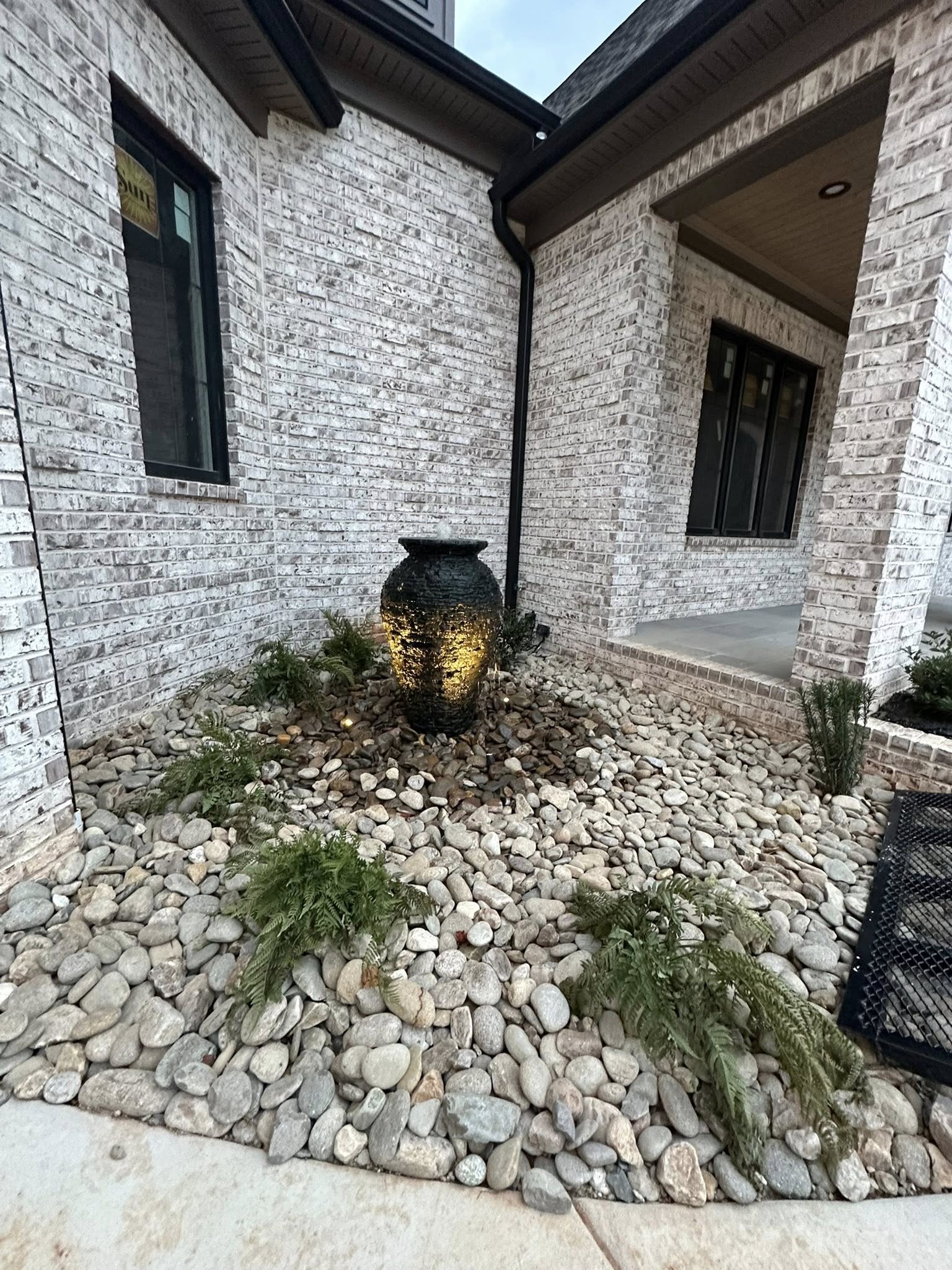
Eco-Friendly Hardscaping: Techniques for a Green Outdoor Space Nov 16, 2025
Hardscaping involves the non-plant elements of landscaping such as pathways, patios, and walls. By incorporating eco-friendly materials and methods, you can minimize your carbon footprint and make your outdoor spaces greener, literally and figuratively.
When planning an eco-friendly hardscape, it’s important to choose materials that have minimal environmental impact. Recycled materials, such as reclaimed stone and brick, are excellent choices. They not only reduce the demand for new resources but also bring a unique character and history to your landscape. Permeable pavers are another great option. These materials allow rainwater to seep through, reducing runoff and promoting groundwater recharge. By integrating these sustainable materials, you actively contribute to conservation efforts while creating visually stunning features.
Another key aspect of eco-friendly hardscaping is the use of native plants in combination with hardscape elements. Native plants are adapted to the local climate and soil conditions, requiring less water and maintenance than non-native species. By surrounding your hardscaped areas with native flora, you create a diverse ecosystem that supports local wildlife. This not only enhances the beauty of your landscape but also fosters a healthier environment.
Water management is crucial in any eco-friendly landscaping project. Implementing rain gardens in your hardscape can help manage stormwater runoff effectively. These are strategically placed garden beds that capture rainwater and allow it to slowly infiltrate the ground, thus reducing erosion and improving water quality. Incorporating green roofs on hardscape structures like gazebos or carports is another effective way to manage rainwater and provide insulation, reducing energy costs.
Solar lighting is an excellent eco-friendly choice for illuminating hardscape features. By installing solar-powered lights along pathways and patios, you can significantly reduce energy consumption while highlighting the beauty of your design. Solar lights charge during the day and come to life at night, providing efficient, soft illumination throughout your outdoor spaces.
Incorporating vertical gardens into your hardscape design is another innovative way to promote eco-friendliness. These gardens, which can be installed on walls or standalone structures, maximize space and increase plant diversity without taking up additional ground area. Vertical gardens also offer insulation and improved air quality, creating a healthier environment around your home.
Finally, consider the longevity and durability of your hardscape choices. Opt for materials that are not only sustainable but also built to last. This reduces the need for replacement and disposal, lessening your environmental impact in the long run. Consulting with landscaping professionals like those at Queen’s Landscaping ensures that your hardscape is environmentally sustainable while tailored to your personal style and needs.
Creating an eco-friendly hardscape not only enhances the beauty and functionality of your outdoor spaces but also contributes to the overall health of the planet. By making informed choices and employing sustainable practices, you can enjoy a stunning landscape that reflects your commitment to the environment. At Queen’s Landscaping, we are dedicated to helping you achieve a green outdoor space that you can be proud of.
/filters:no_upscale()/filters:format(webp)/media/56ad1550-a561-4c49-bfc1-435ac35026f2.jpeg)